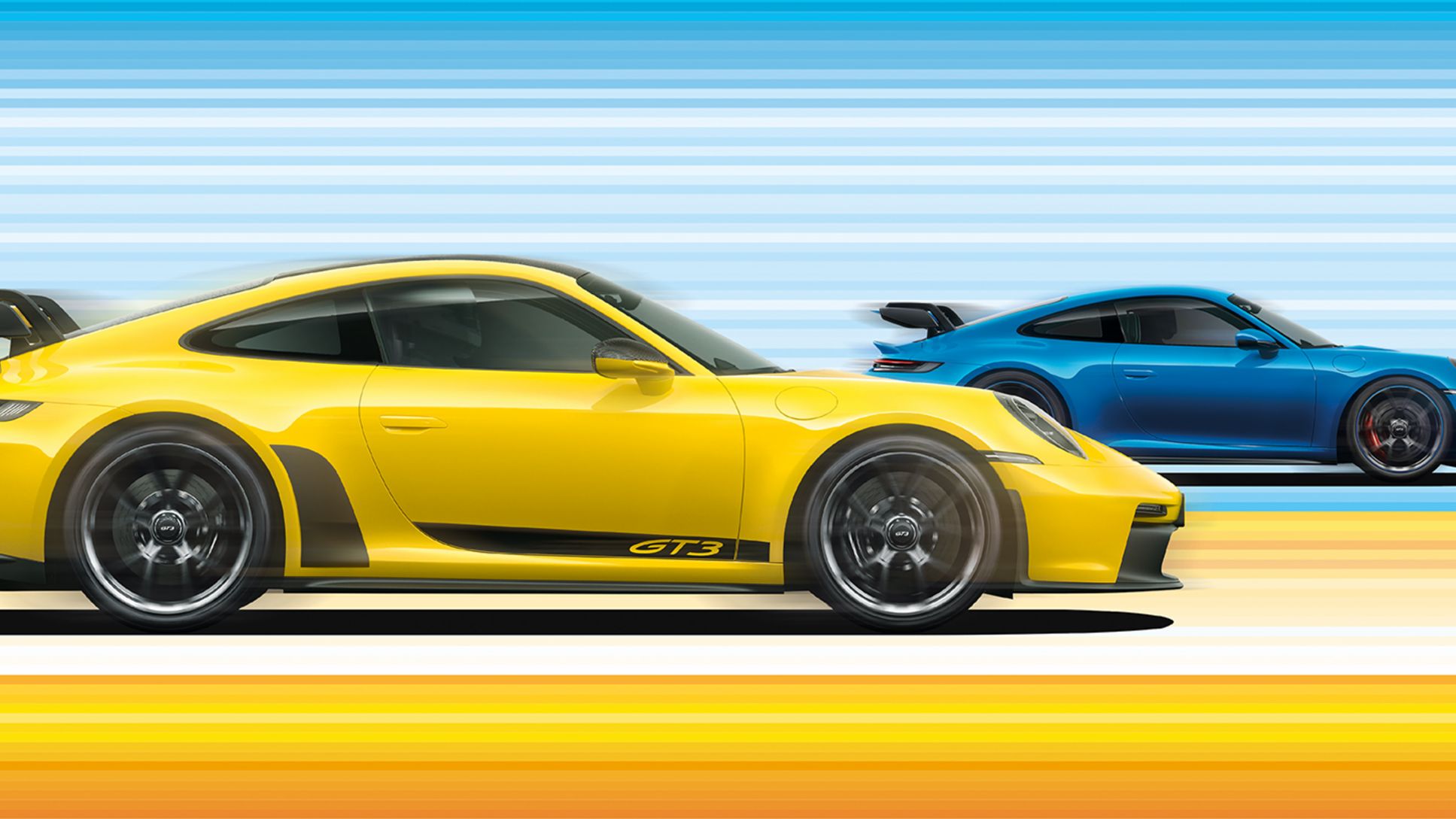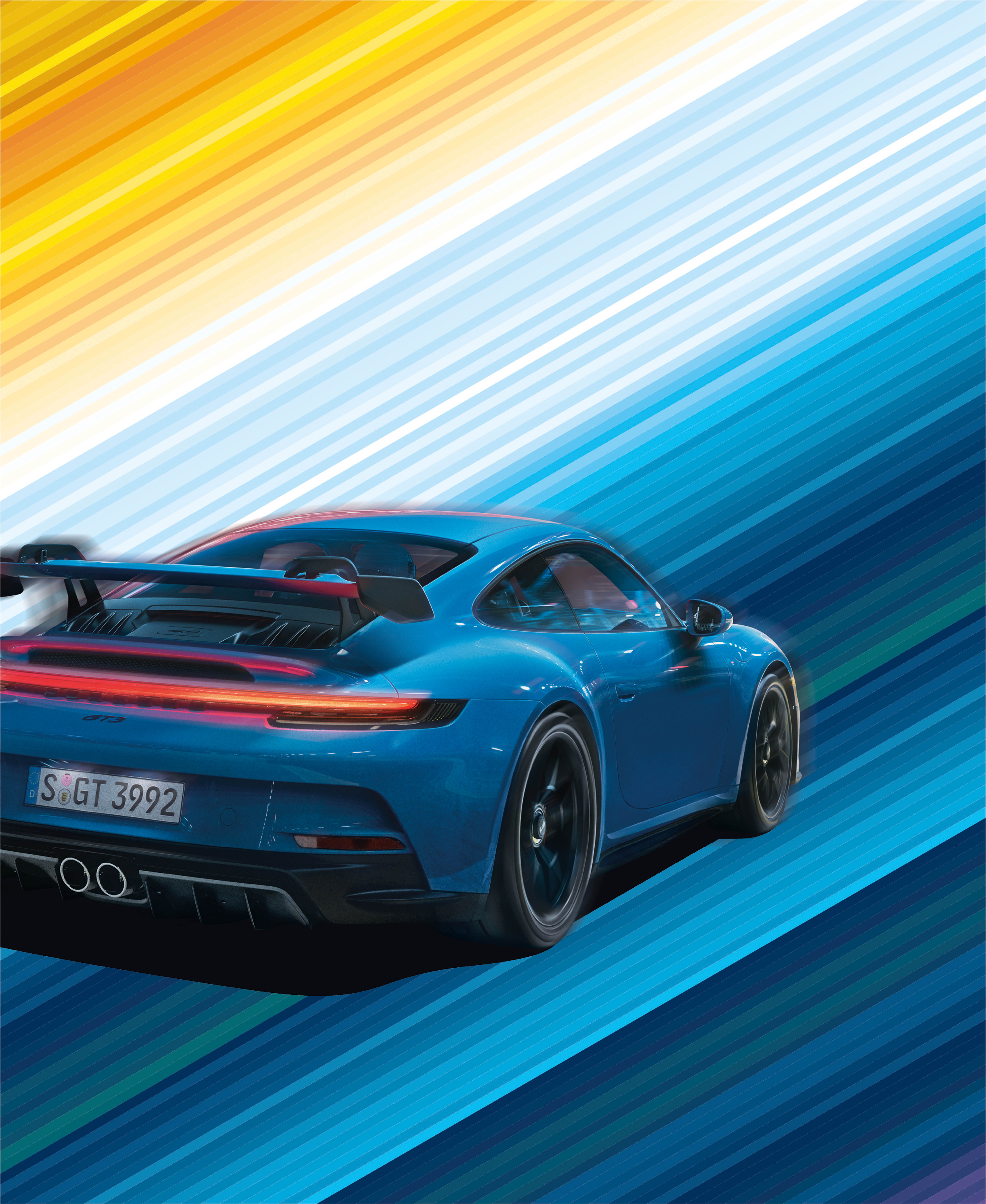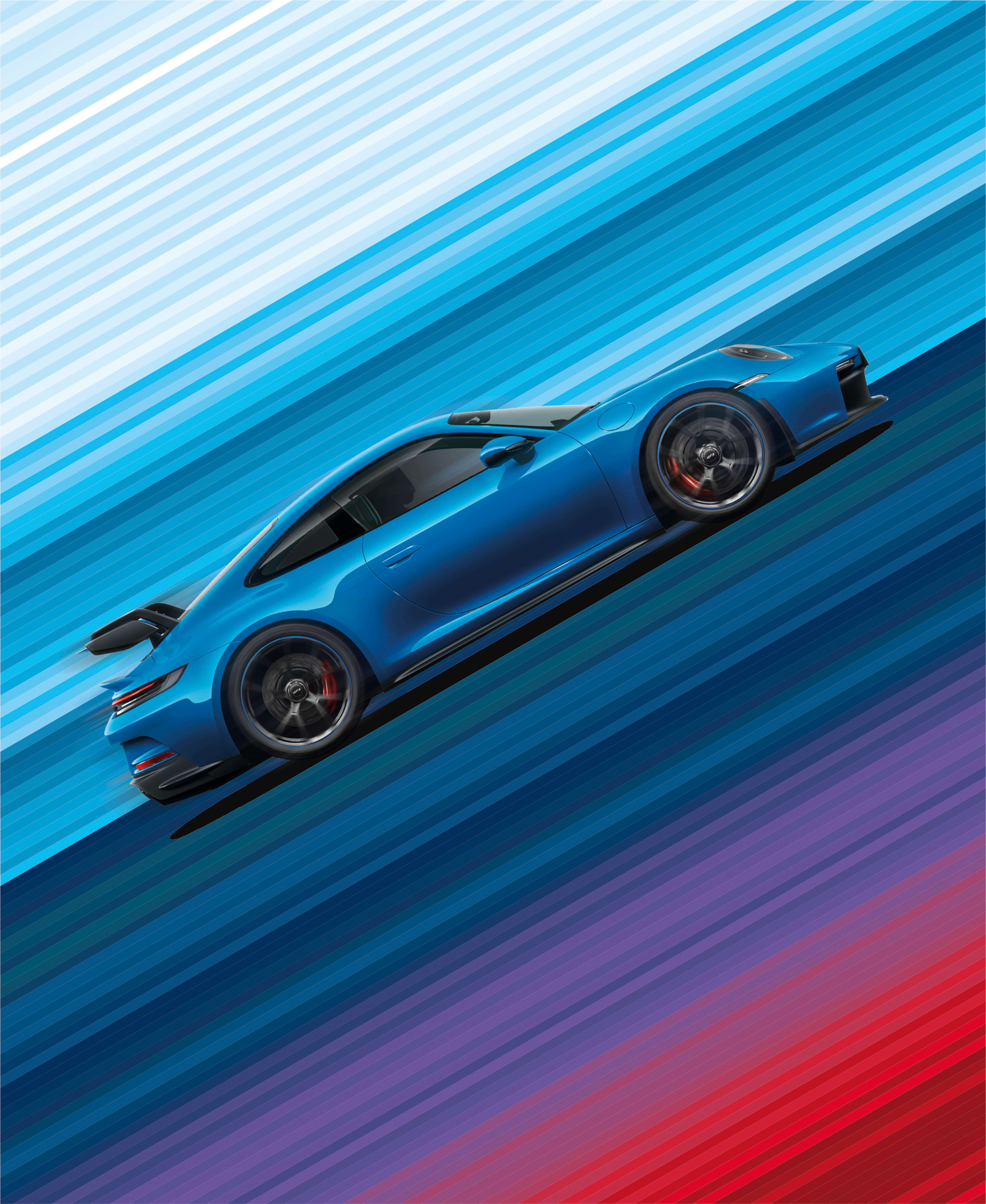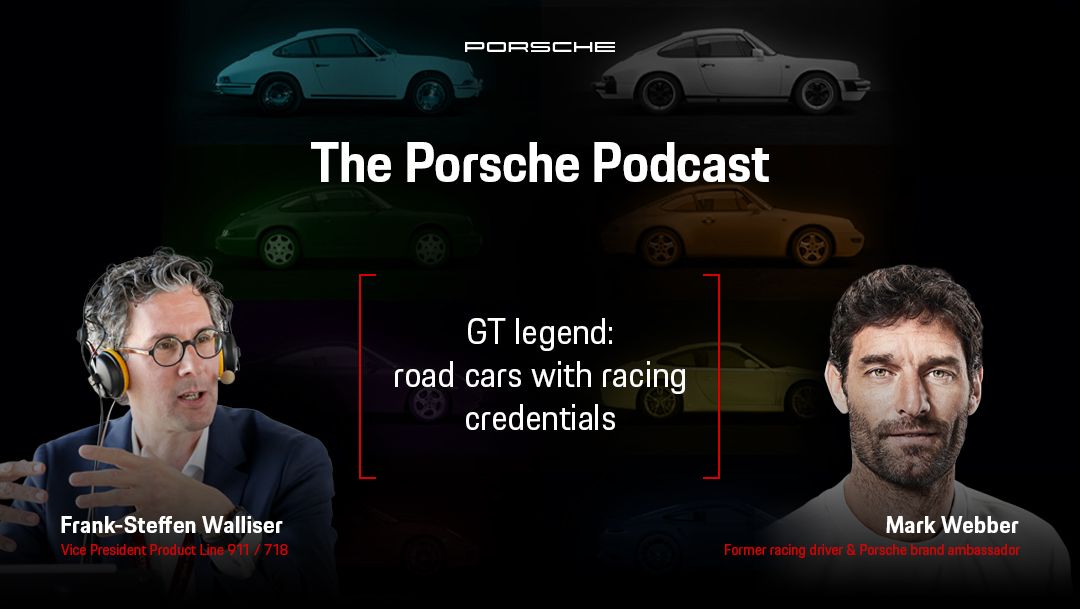The highlight reel in Walter Röhrl’s mind plays an over 20-year-old thriller. “We never would have thought that a series production car could lay down a sub-eight-minute lap on the Nordschleife,” the motorsport legend recalls. In 1999, the first Porsche 911 GT3 pulled it off. Not least because it was driven around the Nürburgring by the two-time rally world champion himself. After 20.6 kilometers (12.8 miles), the clock stopped at 7:56.33 minutes. It was a sensation! For Jörg Bergmeister, a 23-year-old up-and-coming Porsche factory driver at the time, there were no doubts: the GT3 was his dream car.
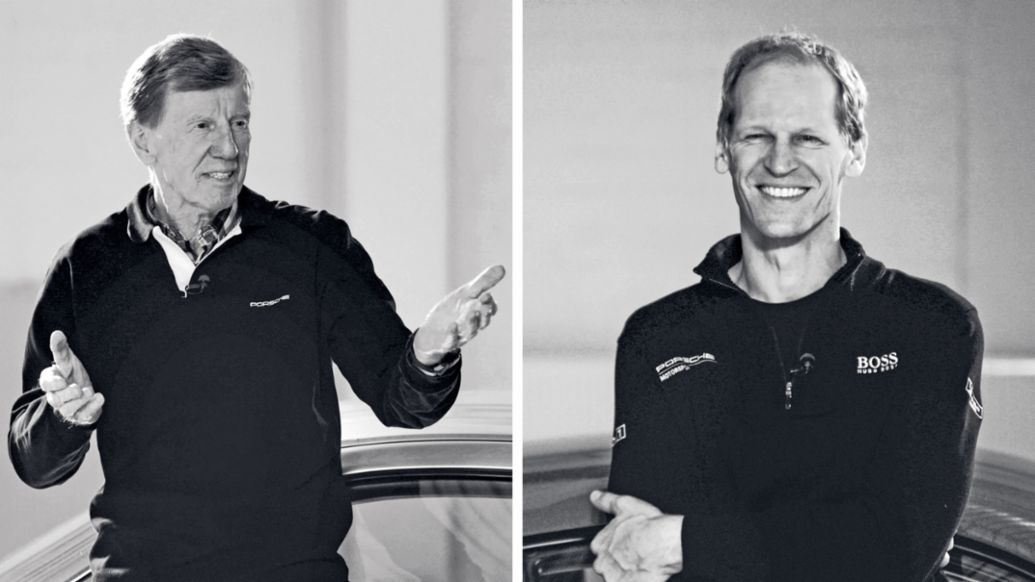
Now Porsche has presented the seventh generation of the high-performance sports car and, together with Lars Kern, Bergmeister catapulted around the infamous Green Hell during the final development drives. The absolute best time from four almost equally fast laps on what is now a 20.8-kilometer (12.9-mile) test circuit was set by development driver Kern: an astonishing 6:59.927 minutes. Roughly a minute faster than the first one. “A world of difference,” says Röhrl.
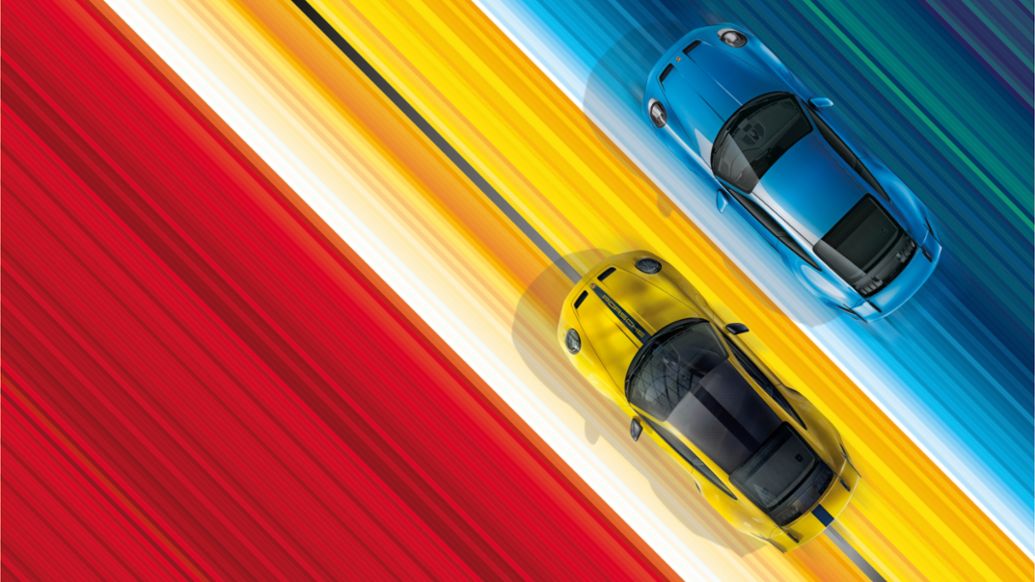
The latest GT3 incorporates more racing technology than any of its predecessors. The layout of the double wishbone front axle, the refined aerodynamics with the swan-neck rear wing, and the striking diffuser are just a few of many examples. Bergmeister, now 45, knows the components well from the Porsche 911 RSR – the GT factory racing car that delivered Le Mans victories and championship titles for Porsche.
Stimulating sound sensation
All perfectly lovely, all high-tech, but the absolute sensation always was and still remains this absolute sound. “Exhilarating,” says Röhrl approvingly. “No car lover can resist it.” Bergmeister nods in agreement. He’s working on the next generation of enthusiasts. “My three-year-old son always likes it when the sport exhaust system is activated,” he grins.
The orchestral, naturally aspirated engine mobilizes 502 hp. The four-liter, six-cylinder boxer engine is based on the racing engine in the 911 GT3 R and is used in a practically unmodified state in the new 911 GT3 Cup. All of the high-performance technology comes from Porsche Motorsport –developed in Flacht, the legendary complex at the southern end of the Weissach Development Centre.
When equipped with the standard PDK transmission, the new GT3 sprints from 0 to 60 mph in just 3.2 seconds and achieves a top track speed of 197 mph. It delivers its maximum engine output at 8,400 rpm. “Over 20 years, practically all the advancements that were developed for the GT racing cars were adopted in the road car,” notes Röhrl.
“I have never driven a better series production car,” Bergmeister adds. “You always know exactly what the car is going to do.” Röhrl confirms: “Balance is the key to driving fast. And I’ve been a weight reduction fanatic all my life.” The 6'4" tall rally legend pats his flat stomach with a grin. “When I hear that the new GT3, which is much larger, and much more capable, essentially weighs just under 154 pounds more than the first GT3, I can only doff my hat to a masterpiece of technology.”
From the GT race car straight to the series model
The car’s commendable weight is also down to insights from the racing world. The front hood made of carbon fiber-reinforced plastic, for example, or the lightweight glass windows, optimised brake rotors and forged alloy wheels. The lightweight sport exhaust system itself saves a stately 22 pounds. All told, the GT3 weighs in at a svelte 3,164 lbs. Die-hard purists can order a six-speed manual transmission that tips the scales with an additional 37 lbs. Further weight-optimised components, such as the exposed carbon fibre roof, are also available.
The visual shift assistant with coloured bars to the left and right of the tachometer is useful on the track. The bars fill in yellow and flash blue at the optimum shifting speed. The shift light is racing technology from Flacht as well. And the new track screen delivers performance-relevant information such as the tyre and oil pressure, temperatures and fill levels. With all these and other details, the GT3 is unquestionably an athlete designed for the thrill of a track excursion. But not only that.
The most powerful series 911 with a naturally aspirated engine offers an astonishing level of everyday comfort for what is a razor-sharp driving machine. What else is there to say? The final word goes to the grand master of driving: “I am often asked which is my favourite 911,” says Röhrl. “It’s always the latest one – and the next one.”
Info
Text first published Porsche Christophorus magazine, No. 399.
Author: Heike Hientzsch
Illustration: Ioannis Karanasios
